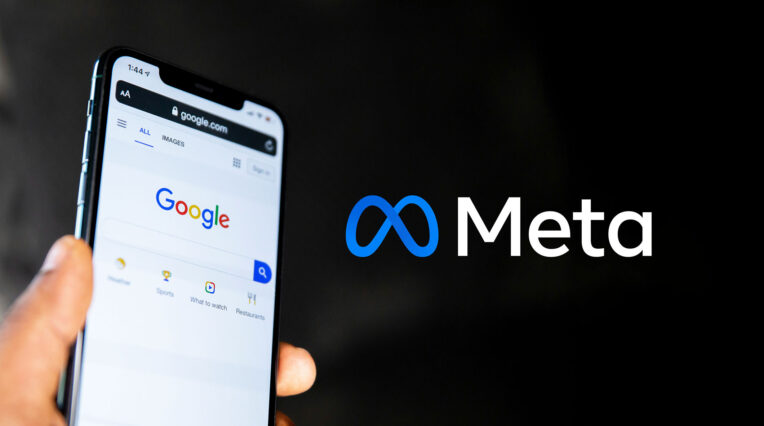Paid media | 13/03/2019
Quick wins to help maximise email ROI – the do’s and the don’ts

If you haven’t seen the growth that you’d like from your email marketing efforts (in line with the current average ROI of 3800% *Salesforce), chances are you aren’t utilising developed functionality that’s available.
In this blog, we’ll walk you through what we consider to be some of the key takeaways from our upcoming guide ‘Maximising email ROI – the do’s, the don’ts and the how to’s’ that can boost email ROI, along with some quick wins and considerations for increasing engagement, giving you an effective, dynamic customer experience.
Email personalisation and segmentation
When it comes to email, personalisation and segmentation aren’t anything new. But it’s surprising how many people still aren’t utilising these relatively simple techniques. Of course, depending on your ESP, opportunities vary hugely – but most ESP’s will allow the basics.
Personalisation
Using certain personal information within email copy or images will help make your messaging stand out and keep your messaging as personal as possible. Some of the most effective ways you can personalise emails can be done by using the following:
- Name
- Location (so you can insert place names/store names e.g. closest brick-and-mortar store)
- Account manager or customer service representative
- Transactional information
Don’t overuse personalisation to the point it becomes slightly creepy or even spammy. There’s a balance to be had, so only use it when you feel it complements the campaign.
Do use relevant customer service/account manager’s names where appropriate to help keep messaging consistent for your subscribers.
For example, if Barry spoke to customer service rep John about an issue, inserting ‘John’ into a follow up email shows that you’re acknowledging previous conversations, appearing much more personal than a blanket response and likely resonating with the customer.
Segmentation
Simply put, segmentation allows you to better tailor your messaging to your varied audience. Mailchimp recently reported segmented campaigns receive 100.95% higher click-through rates when compared with non-segmented campaigns – need we say more?
Sending a blanket campaign to all isn’t necessarily wrong, but it will usually be reflected in your results. For example, if you’re sending an email to promote a romantic break to your entire list, you might be sending it to someone who has told you that they always travel alone or with a family, so simply won’t be interested.
Instead, you’d want to use dynamic content for each audience, which promotes a more relevant trip. You could have three bits of content (a romantic break, a solo break and a family break) and user data would distinguish which content subscribers are shown. This really helps to increase relevancy, boosting campaign engagement and, of course, would maximise ROI.
Depending on your business and objectives, there are endless ways in which you can segment your email list, the most common being:
- Behavioural data (e.g. prospect v customer)
- Transactional data
- Gender
- Geographic location
- Interests
Do use as much segmentation as possible. The more specific and relevant you can be, the better engagement you will receive and the stronger your subscriber relationships will be.
Don’t be too assumptive if you aren’t sure – there’s nothing worse than guessing wrong and potentially upsetting your subscribers or becoming even more irrelevant.
Do dedicate time to work on your segmentation. Often, it’s overlooked and when done properly it really pays off.
For more advice and actionable tips on growing your list, personalisation, segmentation and customer retention strategies, watch out for our upcoming guide on how to maximise your email ROI.





